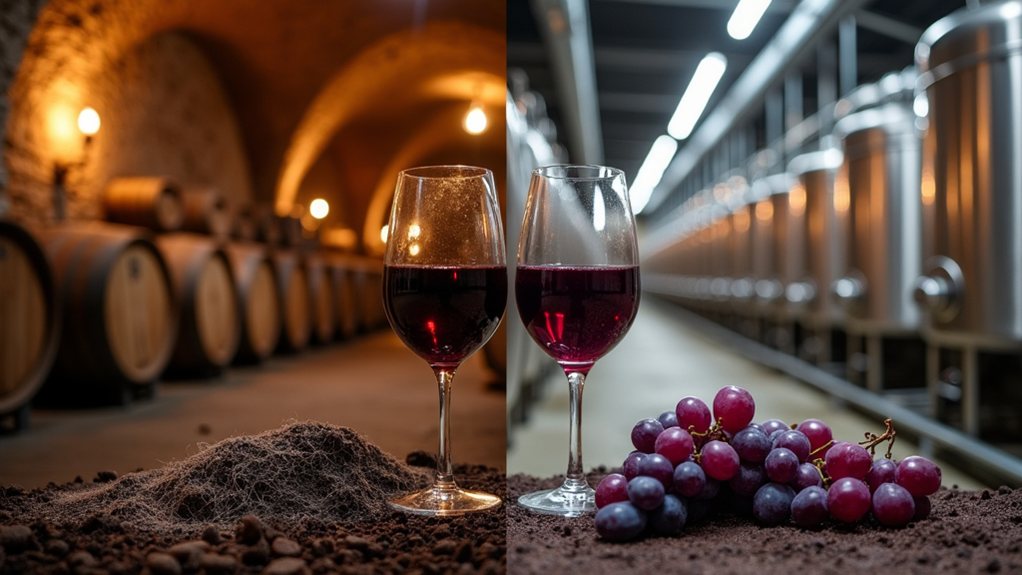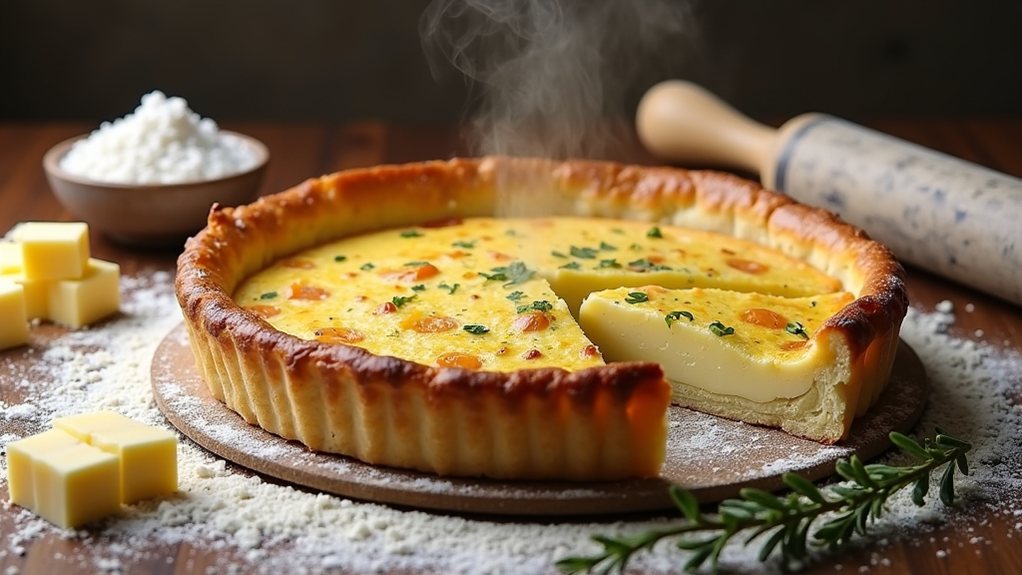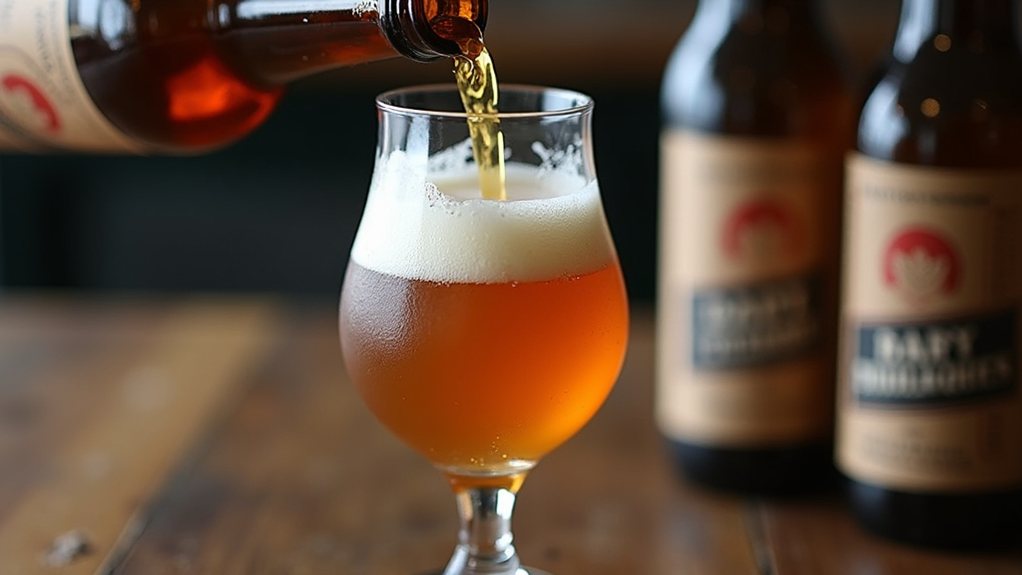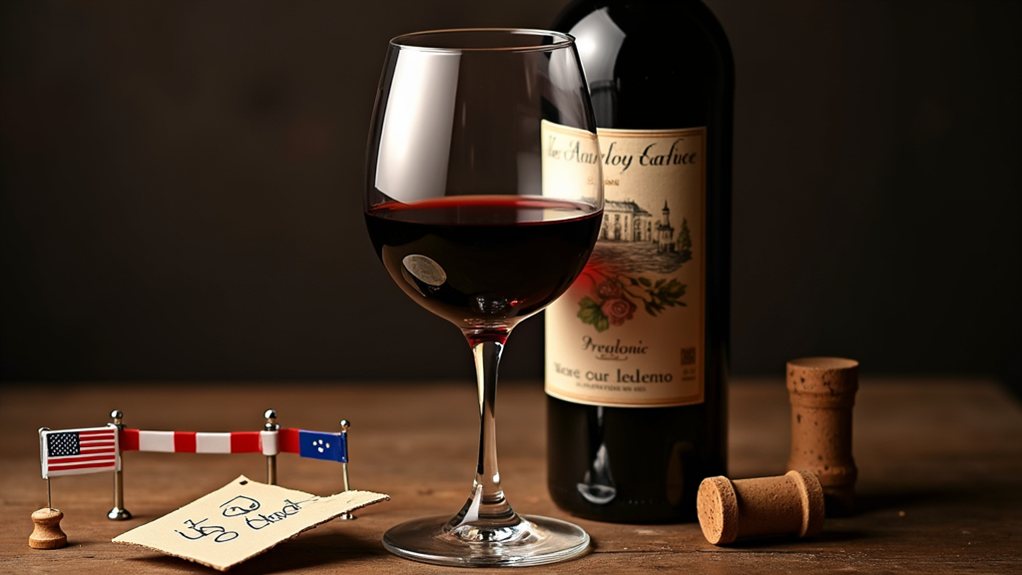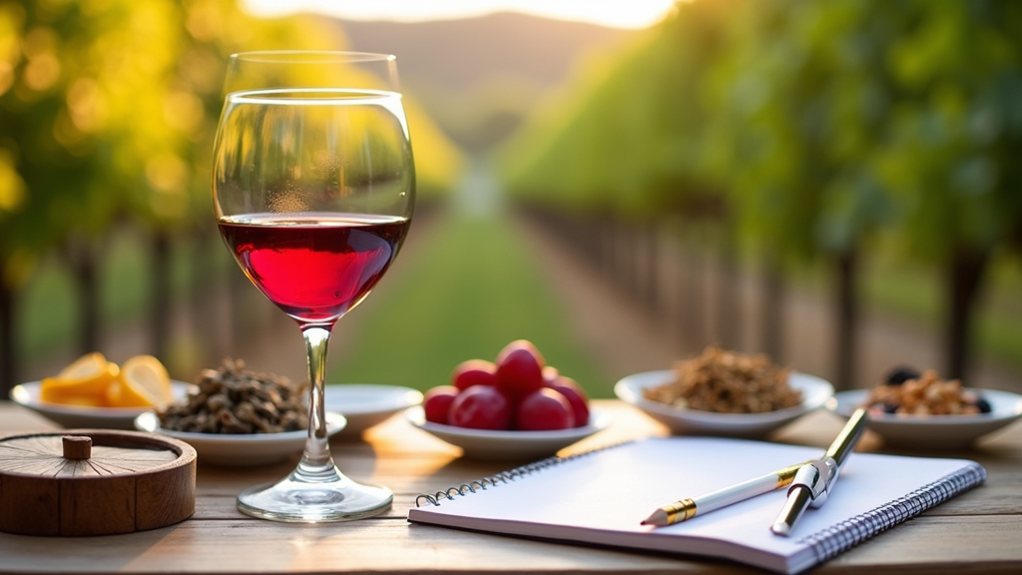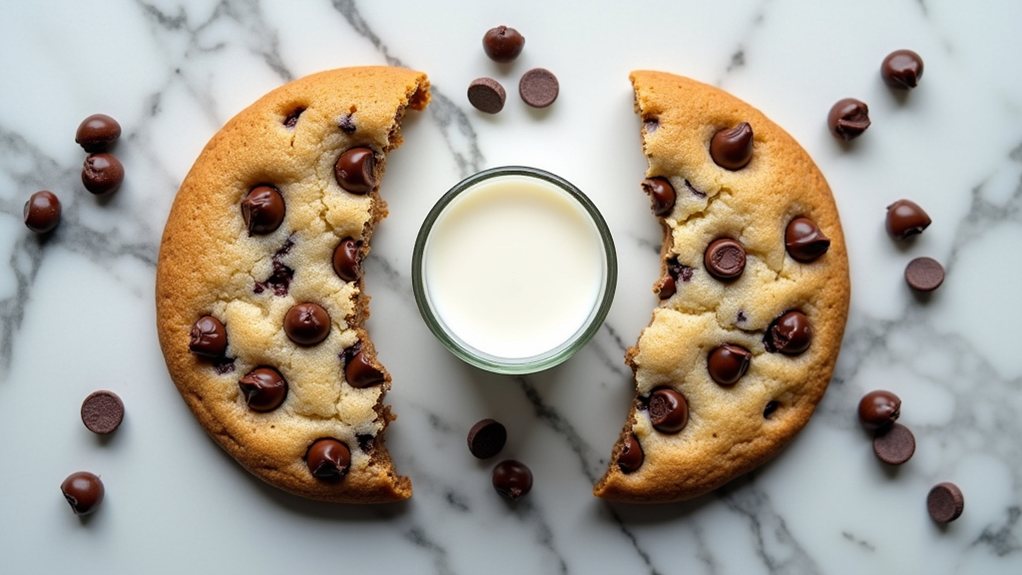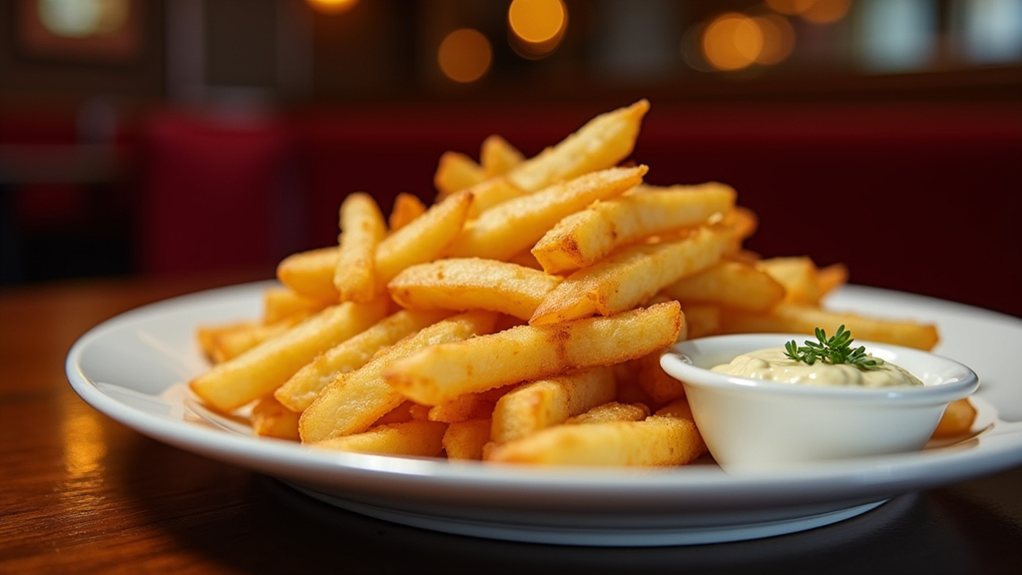Wine enthusiasts often divide bottles into Old World or New World categories, but this distinction reveals more than geographic origins. Behind each label lies a philosophy, a set of values that shapes everything from vineyard management to fermentation techniques. Traditional European producers typically honor terroir and historical methods, while their counterparts in places like California and Australia adopt innovation and bold flavor profiles. These contrasting approaches reflect cultural attitudes toward tradition, craftsmanship, and progress that ultimately pour into your glass.
Beyond Geography: Contrasting Winemaking Philosophies
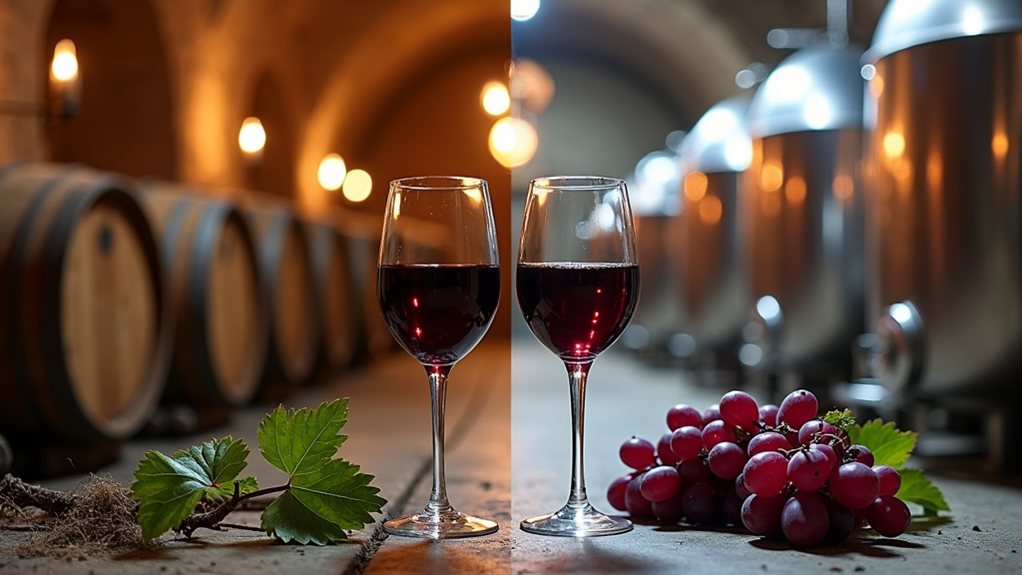
The fascinating world of wine is often divided into two major categories: Old World and New World wines, each with its own distinctive character and approach to winemaking. While geography plays a significant role in this classification—with Old World wines originating from Europe and the Middle East, and New World wines coming from the Americas, Australia, and other regions—the distinction goes far beyond mere location on a map.
At its core, this division represents two different philosophies of winemaking. Old World producers typically adopt centuries-old traditions, focusing on the concept of terroir—how environmental factors like soil and climate affect the final product. These wines tend to be lighter-bodied with higher acidity and earthy, mineral notes that reflect their specific growing regions.
In contrast, New World winemakers often take a more innovative approach, adopting modern technologies and placing emphasis on the grape variety itself, resulting in fuller-bodied wines with pronounced fruit flavors. New World regions embrace creative boundaries in their winemaking practices, unrestrained by the rigid regulations that govern Old World production.
The cultural context surrounding these wines further deepens the philosophical divide. Old World regions carry the weight of history, with winemaking practices often governed by strict regulations that preserve tradition and regional identity. These constraints, though potentially limiting, have created wines that many consider more food-friendly and reflective of their heritage.
New World regions, unburdened by centuries of tradition, have fostered a culture of experimentation and technological advancement, allowing winemakers to control production more precisely and consistently. These regions have been producing wines for several hundred years, significantly less time than their Old World counterparts whose origins date back thousands of years.
Consumer preferences continue to shape the market, with some gravitating toward the traditional authenticity of Old World wines, while others appreciate the bold innovation of New World offerings. Wine critics and experts influence these trends through their evaluations, which often reflect changes in global taste preferences.
Understanding the difference between Old World and New World wines invites enthusiasts to investigate not just different tastes, but different approaches to the art and science of winemaking—a reflection of how a simple beverage can embody complex cultural values and philosophies that span continents and generations.
